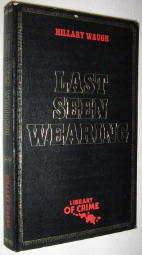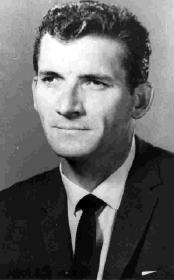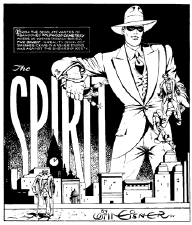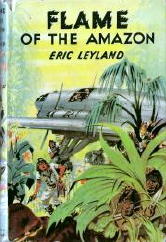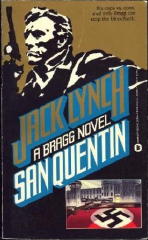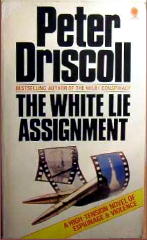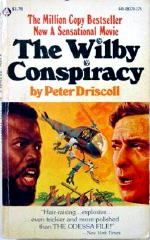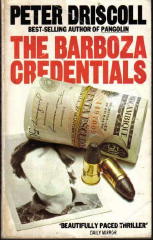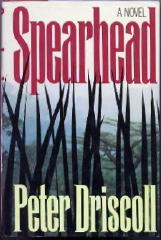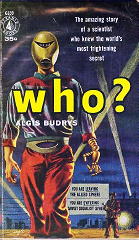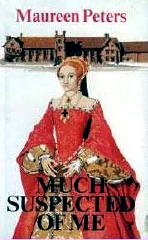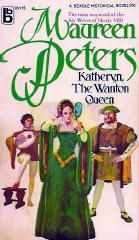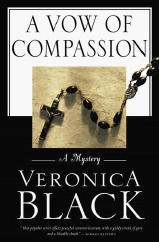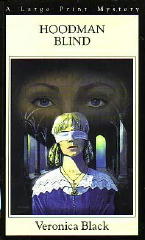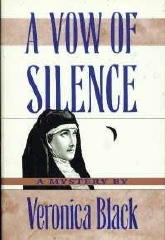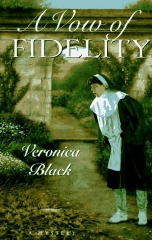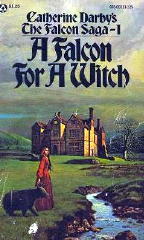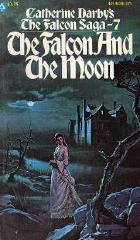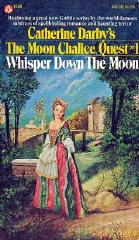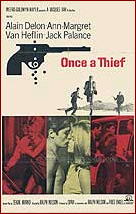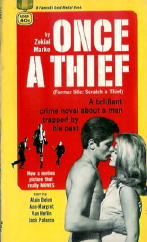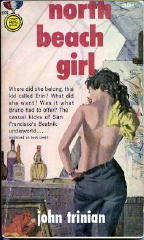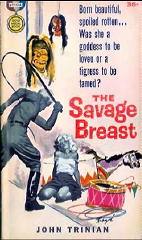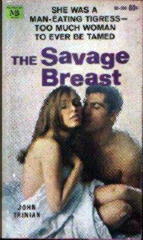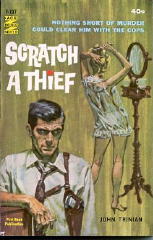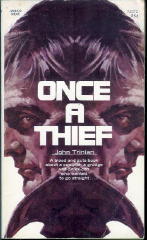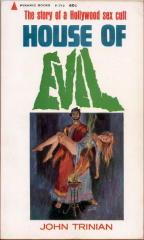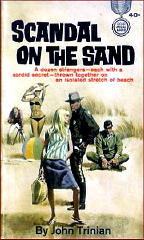Thu 1 Jan 2009
A 1001 MIDNIGHTS review: DONALD W. WESTLAKE – Dancing Aztecs.
Posted by Steve under 1001 Midnights , Authors , Obituaries / Deaths Noted , ReviewsNo Comments
DONALD E. WESTLAKE – Dancing Aztecs.
M. Evans & Co., hardcover, 1976. UK title: A New York Dance. Hodder & Stougton, 1979. Paperback reprints: Fawcett Crest, n.d.; Mysterious Press, 1994.

The marvel of Donald E. Westlake is his amazing versatility. With equal facility he has written light comedy, pure farce, private-eye stories, police procedurals, straight suspense, caper novels, mainstream fiction, science fiction, and nonfiction under his own name and pseudonyms; mysteries of penetrating psychological insight under the name Tucker Coe; and as by Richard Stark, a series of antihero stories harder than any of the hard-boiled stories published in Black Mask.
Which just about covers the entire literary spectrum, except for westerns, romantic historicals, and haiku poetry — and don’t be surprised if Westlake decides to write one or all of those someday, just for the hell of it.
He began his novelistic career with five good but derivative hard-edged novels, among them The Mercenaries (1960), a private-eye adventure; and Killy (1963), a story of detection and psychological suspense in a small town

No, make that four good but derivative hard-edged novels; Pity Him Afterwards (1964), the tale of a madman on the loose, isn’t really very good at all. Which perhaps helped Westlake decide to try his hand at something different: The Fugitive Pigeon (1965), the first of his marvelously comic mysteries.
It was with that book, his sixth, that he found his true metier, and ever since he has moved this type of novel onward and upward to new heights of hilarity.
Dancing Aztecs is the best of Westlake’s crime farces from his middle period (1970s). It tells the tale of Jerry Manelli, a New York City hustler with a hot tip on a priest — a thousand-year-old, two-foot-tall, ugly, misshapen dancing Aztec priest made out of solid gold, with emeralds for eyes, worth approximately $1 million.
It seems this priest was stolen from a museum in the South America nation of Descalzo and subsequently smuggled through American Customs in a shipment of imitation priests made out out of plaster; but somebody fouled up along the way.
One of the copies got delivered instead to the million priest’s New York destination, while the authentic was mixed up with fifteen other copies, all of which were delivered to various people in the city and its environs. Jerry’s task: Find the real priest, and fast, before whoever has it realizes what it is and/or the original band of thieves get to it first.

Jerry’s odyssey (and a dizzying one it turns out to be) leads him all over Manhattan, and to Connecticut, Long Island, and Jersey. It involves him with hoodlums, con men, “a yam-fed Descalzan beauty,” union thugs, street thugs, a Harlem mortician, a Wall Street financier, a drunken activist, a college professor, “a visitor from another planet” and dozens more.
Will Jerry pull off the greatest scan career, find the golden Dancing Aztec (not to mention True Love), and live happily ever after? Read the book and find out.
The dust-jacket blurb calls Dancing Aztecs “a silly symphony of raucous laughter and sudden realities, running to the ragged rhythm of New York now,” which is not good writing but nonetheless apt. It isn’t Westlake’s funniest novel, but some of its bits of business rank right up there with his most hilarious — his interpretation of black street dialect, for instance. A silly city symphony, indeed.
———
Reprinted with permission from 1001 Midnights, edited by Bill Pronzini & Marcia Muller and published by The Battered Silicon Dispatch Box, 2007. Copyright © 1986, 2007 by the Pronzini-Muller Family Trust.
DONALD E. WESTLAKE, R.I.P. I have sad news to pass along. Donald Westlake died late yesterday while heading out for a New Year’s Eve dinner, most likely from a heart attack. He was 75. For more information, follow this link to an online obituary from the New York Times.
This is not the way a year should end, or a new one begin. Donald Westlake was one of the best known and most respected mystery writers in the US today. At the time of his death, in terms of his writing career, his had to have been one of the longest. The Mercenaries came out in 1960, but Mr. Westlake began writing short stories for the digest magazines a year or two even before then. Fifty years of creating and crafting top-notch mystery fiction — a tremendous achievement.
Over the next few days on the Mystery*File blog, I will be posting reviews of several more books he wrote, all taken from 1001 Midnights. My own review of Brothers Keepers can be found here, and apparently I liked Pity Him Afterwards more than Bill did. You can find my review of that book here.
Mystery fans have every reason to mourn. A giant has left us.
